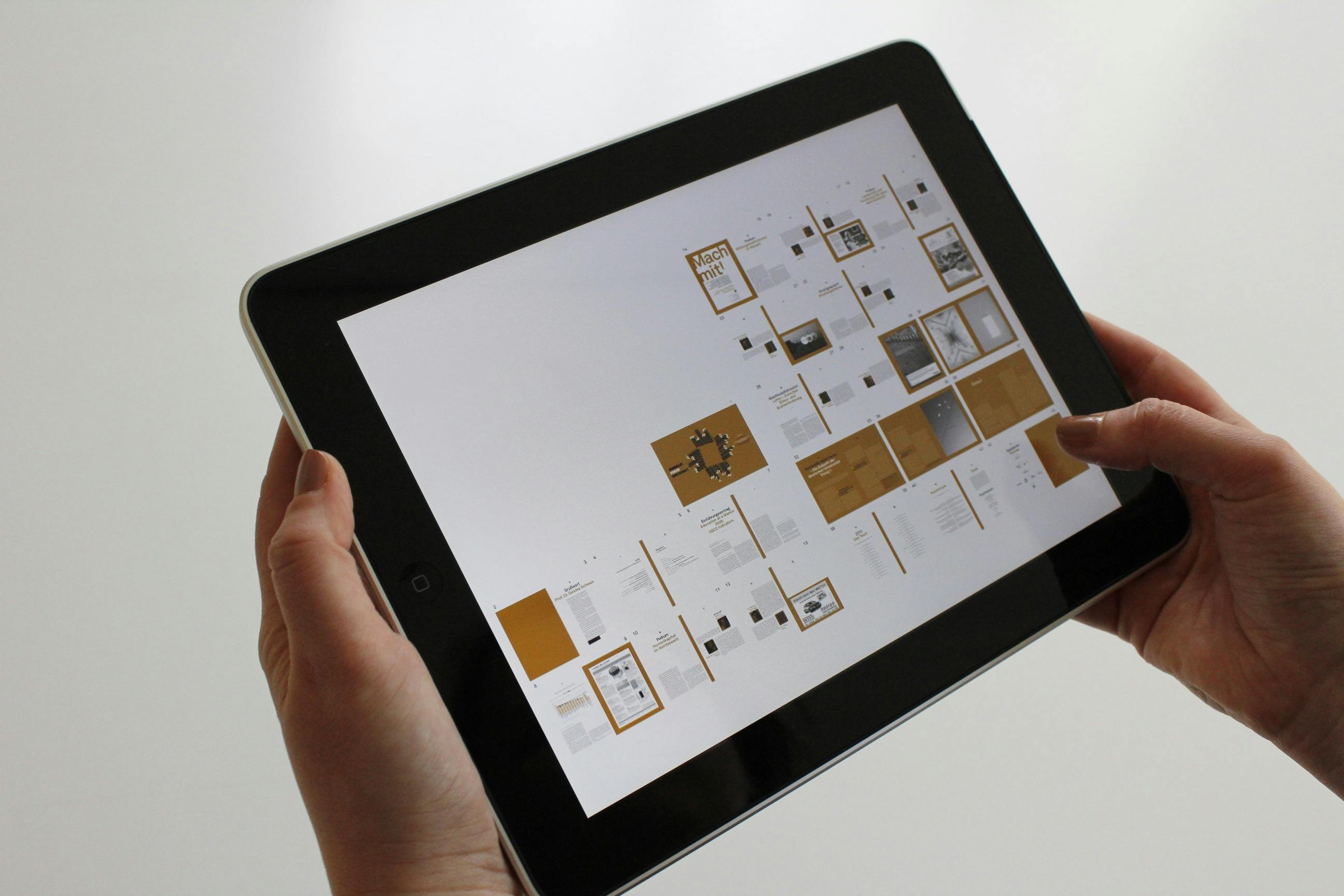What is a clean room?
Generally speaking, a “clean room” is a closed room that has equipment that controls the amount of particles in the air through the use of filters and air pressure. To meet the requirements of a “clean room” as defined by federal standard 209E and the latest ISO standards, all clean rooms must not exceed the particle count specified in the clean air class.
What are the room classes?
Standards have changed in recent years. Rooms classified according to federal standard 209E in numbers: Class 1, Class 10, Class 100, Class 1,000, Class 10,000, and Class 100,000. This method is simple, the number assigned to the class is the classification for which the room should be designed. Class 1 was the cleanest. The new ISO 14644-1 (or British standard BS5295) has changed these numbers to simple classes: Class 3, Class 4, Class 5, Class 6, Class 7 and Class 8. Class 3 is the cleanest.
The difference? Generally speaking, federal standards are measured in cubic feet and ISO standards are measured in cubic meters.
What is measured in air? Classes 3, 4, and 5 are based on the maximum number of 0.1 and 0.5 micron particles that are allowed in one cubic foot of air when approaching any in-room work operation. Classes 6, 7 and 8 are based on the number of 5 micron particles.
What is a micron? To give you an idea of what is being measured, a micron is one hundredth of the width of a human hair. The smallest particle that can be seen with the naked eye is a 10-micron particle. Clean rooms can control .01 and .05 particles.
Where do these particles come from? The clean room is under positive pressure, which prevents new particles from entering. So where do they come from? The microorganisms come from the people in the room and other particles from the processes in the room. The microbes come from human skin cells. We shed our outermost layer of skin every 24 hours, that is, a billion scales every 24 hours! A flake measures approximately 35 microns.
Class limits (number of particles allowed)
Federal Standards 209B:
* Class 100,000: Particle count must not exceed a total of 100,000 particles per cubic foot of size 0.5 microns and larger or 700 particles per cubic foot of size 5.0 microns and larger.
* Class 10,000: The particle count must not exceed a total of 10,000 particles per cubic foot of a size of 0.5 microns and larger or 65 particles per cubic foot of a size of 5.0 microns and larger.
* Class 1,000: Particle count must not exceed a total of 1000 particles per cubic foot of size 0.5 microns and larger or 10 particles per cubic foot of size 5.0 microns and larger.
* Class 100: The particle count must not exceed a total of 100 particles per cubic foot of a size of 0.5 microns or more.
ISO or BS 5295 standards:
* Class 1: Particle counts must not exceed a total of 3000 particles / m3 with a size of 0.5 microns or more. The largest particle present in any sample will not exceed 5 microns.
* Class 2: Particle count must not exceed a total of 300,000 particles / m3 of a size of 0.5 microns or greater: 2000 particles / m3 of a size of 5 microns or greater: 30 particles of a size of 10 microns or greater .
* Class 3: The particle count must not exceed 1,000,000 particles of a size of 1 micron or more: 20,000 particles / m3 of a size of 5 microns or more: 4000 particles / m3 of a size of 10 microns or more; 300 particles / m3 with a size of 25 microns or more.
* Class 4: Particle count must not exceed a total of 200,000 particles / m3 of a size of 5 microns or greater: 40,000 particles / m3 of a size of 10 microns or greater: 4000 particles / m3 of a size of 25 microns or older.
Air quantity
A properly designed clean room must have a high rate of air changes to clean the room from particles. A Class 5 room can have an air change rate of 400 to 600 times per hour, while a Class 7 room can change 50 to 60 changes per hour.
Testing and certification
Once the room is complete, most of the specifications require testing and certification. Some requirements state that the room must also be tested annually. Testing is generally performed by an independent testing agency using ISO standards. It is also imperative that the owner purchase a clean room monitor to determine the daily condition of the room.


